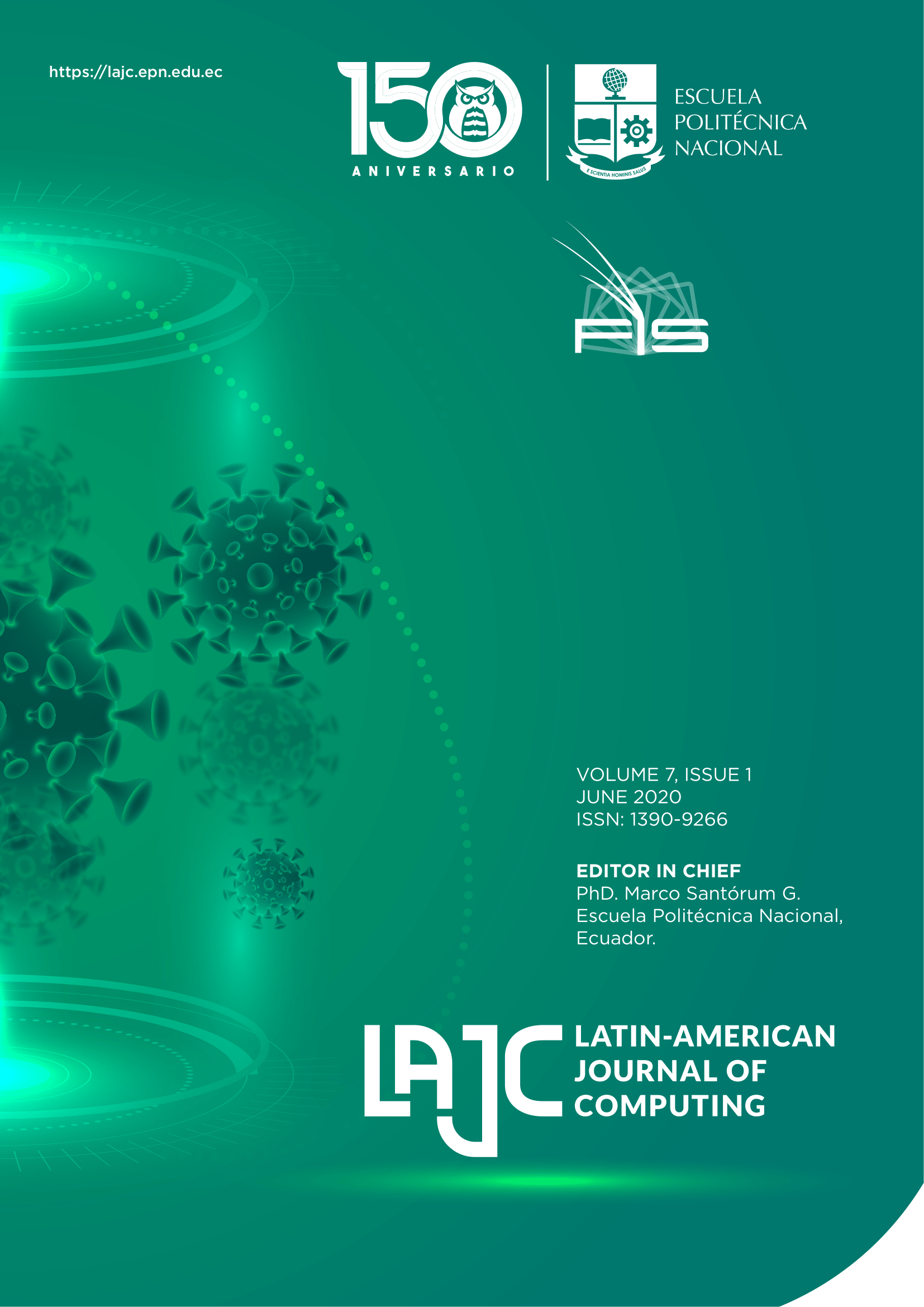Statistical Qualification for Approval of Commercial Credits through Generalized Additive Models
Keywords:
Statistics, Econometrics, Credit Risk, Generalized Additive Models, Commercial Credit, Credit Scoring ModelAbstract
This article presents the application of a methodological procedure for the construction of a statistical qualification model for the approval of commercial credits in a public financial institution. In this line, the main aim is to reveal the benefits of using generalized additive models (GAM), whose functional structures contemplate the possible non-linearity of the explanatory variables of credit risk in relation to compliance with the payment obligations of borrowers, compared to linear models like the logit. This topic becomes relevant in view of the need for financial institutions to have the right tools and information management systems that allow them to de-establish strategies to improve the placement of their loan portfolio with clients who can fulfill their agreed obligations within the established deadlines, without incurring partial or total delays; in short, minimizing your credit risk. Additionally, in order to meet the stated need, the methodological procedure is applied through programming in the R software, with which the modeling is easily replicable.
Downloads
References
W. Leontief, “Introduction to a theory of the internal structure of functional relationships Econometrica,” Journal of the Econometric Society, pp. 361-373, 1947.
J. Friedman and W. Stuetzle, “Projection pursuit regression,” Journal of the American statistical Association, vol. 76, no. 376, pp. 817-823, 1981.
C. Stone and C. Koo, “Additive splines in statistics,” Proceedings of the American Statistical Association, vol. 45, pp. 48, 1985.
T. Hastie and R. Tibshirani, “Exploring the nature of covariate effects in the proportional hazards model,” Biometrics, pp. 1005-1016, 1990.
M. Müller and W. Härdle, “Exploring credit data,” in Credit Risk, Physica-Verlag HD, pp. 157-173, 2003.
C. Hervás and F. Martínez, “Logistic regression using covariates obtained by product-unit neural network models,” Pattern Recognition, vol. 40, no. 1, pp. 52-64, 2007.
A. Novales, Econometría, 2th ed., Madrid: McGraw-Hill, 1988.
Y. Orgler, “A credit scoring model for commercial loans,” Journal of money, credit and banking, vol. 2, no. 4, pp. 435-445, 1970.
Y. Orgler, “Evaluation of bank consumer loans with credit scoring models,” Tel-Aviv University, Department of Envirnonmental Sciences, 1971.
J. Wiginton, “A note on the comparison of logit and discriminant models of consumer credit behavior,” Journal of Financial and Quantitative Analysis, vol. 15, no. 3, pp. 757-770, 1980.
T. Hastie and R. Tibshirani, Generalized Linear Models (with Discussion), Statistical Science, vol. 1, no. 3, pp. 297-318, 1986.
N. Garrido, “Construcción de un modelo scoring de aprobación para cartera comercial de una institución financiera pública mediante modelos aditivos generalizados,” Master Thesis, Quito, Ecuador, 2019.
E. Steyerberg and F. Harrell, “Internal validation of predictive models: efficiency of some procedures for logistic regression analysis,” Journal of clinical epidemiology, vol. 54, no. 8, pp. 774-781, 2001.
Downloads
Published
Issue
Section
License
Copyright Notice
Authors who publish this journal agree to the following terms:
- Authors retain copyright and grant the journal right of first publication with the work simultaneously licensed under a Creative Commons Attribution-Non-Commercial-Share-Alike 4.0 International 4.0 that allows others to share the work with an acknowledgement of the work's authorship and initial publication in this journal.
- Authors are able to enter into separate, additional contractual arrangements for the non-exclusive distribution of the journal's published version of the work (e.g., post it to an institutional repository or publish it in a book), with an acknowledgement of its initial publication in this journal.
- Authors are permitted and encouraged to post their work online (e.g., in institutional repositories or on their website) prior to and during the submission process, as it can lead to productive exchanges, as well as earlier and greater citation of published work.
Disclaimer
LAJC in no event shall be liable for any direct, indirect, incidental, punitive, or consequential copyright infringement claims related to articles that have been submitted for evaluation, or published in any issue of this journal. Find out more in our Disclaimer Notice.










